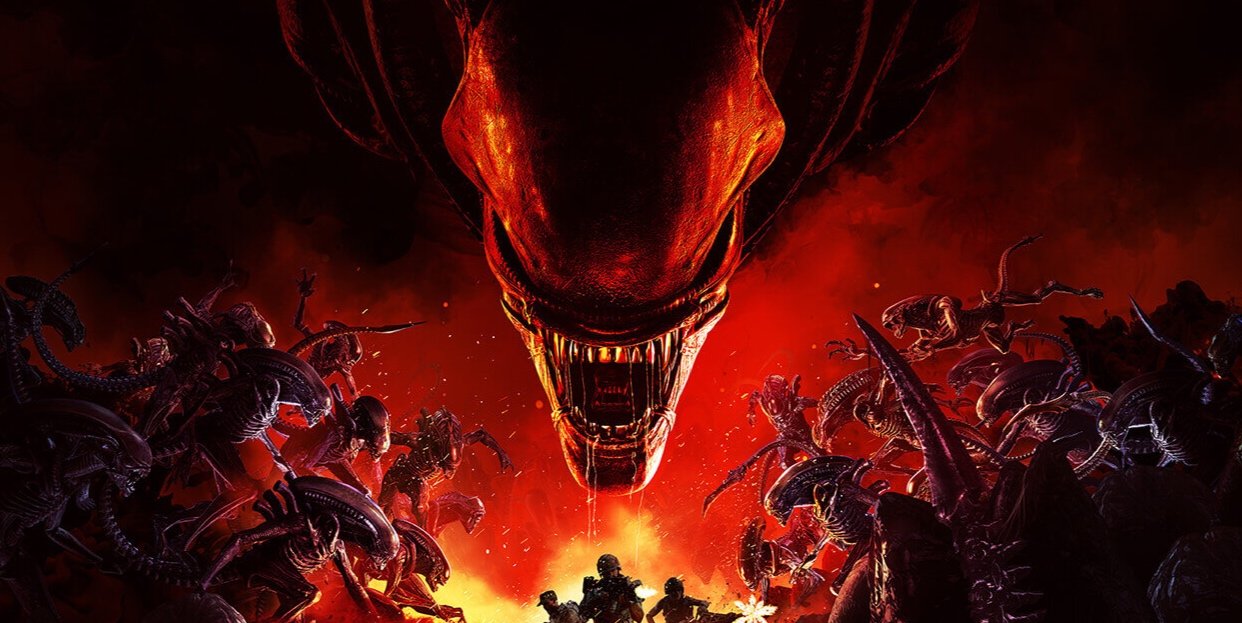Aliens: Fireteam Elite
Client:
Cold Iron Studios
Details:
Created by Petrol Ad. See the full breakdown below!
TASKS: Drool R&D, rendering assist
TOOLS: Houdini, Maya, Octane
SALIVA R&D BREAKDOWN
For this project in particular, we needed to create a realistic saliva that could be rendered and composited within the final key art. We ended up using a mix of images and this breakdown will attempt to show the extremely quick R&D process used to achieve the renders.
I started this workflow with a base pose. The angle of the body does not matter and therefore does not need to look appealing, hence why the Xenomorph is in a '“flying” position. Knowing we only needed the head geo to work with, we posed the body to mostly stay out of the way. This part of the process is about isolating the working area and creating both high res and low res references for later simulations.
After the key part is isolated, it was time to create a usable and realistic emission source that will drive the flip simulation.
The setup is simple. I started by painting a selection that felt most realistic to where saliva would accumulate and build up. This stage is rough and I always add more than necessary because we will add noise that ends up subtracting places. Better to start with more and work our way down.
The initial paint attribute is brought into an attributeVOP and multiplied by aaflownoise to add more randomness to the saliva emission pattern. This is followed by a scatter node inputting the created mask into the density parameter and deleting points by the expression “@Cd<.1” — effectively isolating our scatter points to fit our pattern created by the paint and noise mix.
Spheres are then copied to the points with another attributeVOP to add some variation to the pscale. We now have geometry that can be used as our flip source!
The final emission source is then plugged into a flip source node and ran through a simple flip DOP network setup. The main thing here is Viscosity. I enabled it and adjusted some of the parameters until the desired look felt right. That way we get the slimy thickness that replicates saliva.
The final result is timeshifted into a specific frame that I think works the best. We ended up taking about 3-6 different frames, rendering them all with variations of lighting and mixing them in post with the final Key Art.
And tah-dah! Some gnarly saliva for our hungry alien boy.










